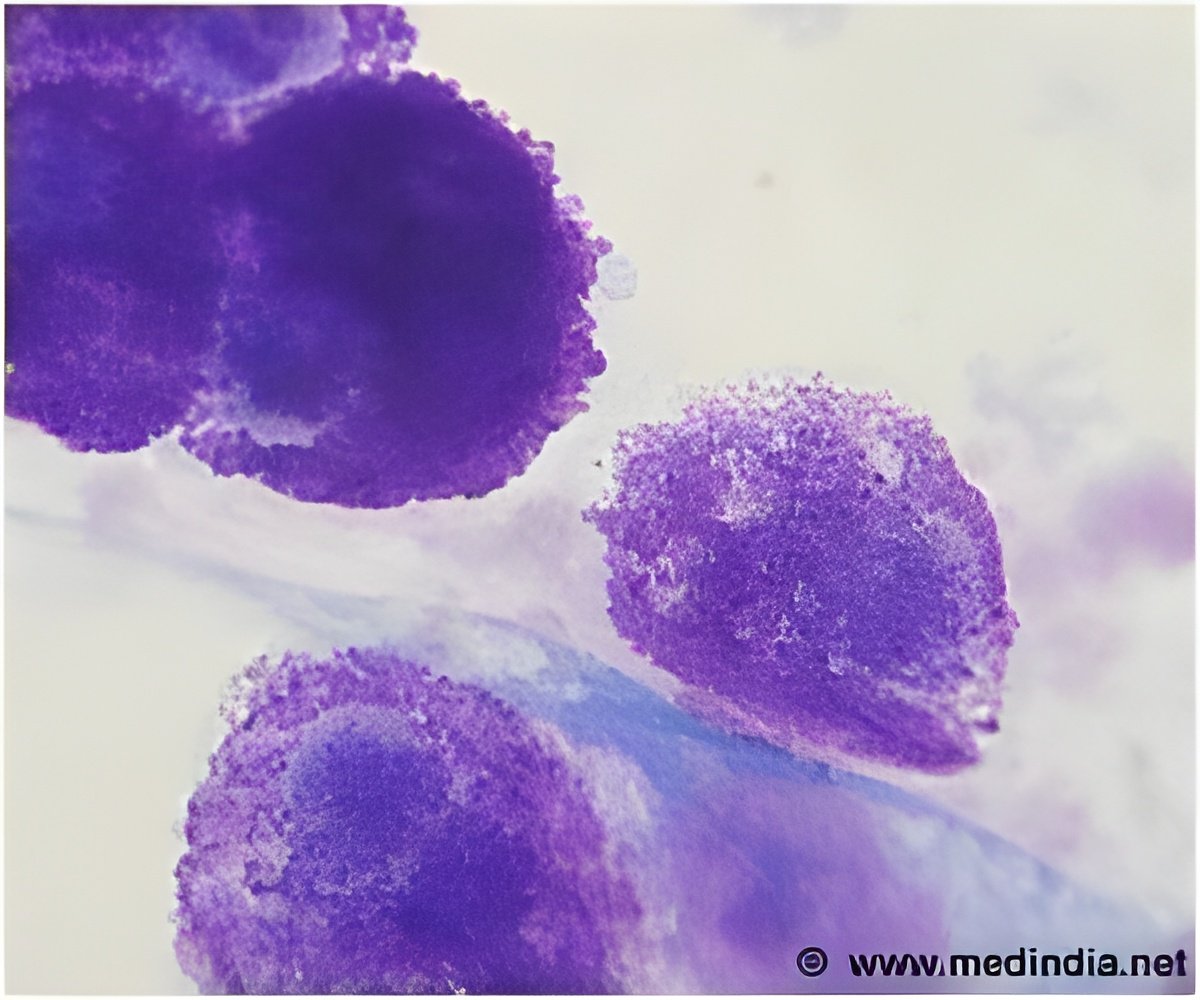
The B cell receptor (BCR), an antibody presented on the surface of mature B cells, plays a crucial role in the germinal center reaction. In order to optimally recognize the respective antigen and initiate an appropriate immune response, the DNA segments encoding the antibody need to be modified and rearranged. While the processes are complex, DNA breaks occur and error-prone repair mechanisms may lead to genetic mutations associated with cancer development.
It is well established that in Burkitt lymphoma, mistakes in the repair of DNA breaks result in the translocation of the c-MYC oncogene. This gene regulates cell division, and thus its expression is tightly controlled in normal cells. The c-MYC translocation leads to its deregulation, and the affected cells divide in an uncontrolled manner. However, c-MYC overexpression also leads to massive cell death. Therefore c-MYC deregulation by itself is unable to transform normal cells into cancer cells. In Burkitt lymphoma, the apoptosis induction of elevated c-MYC expression must be overcome by additional mutations preventing cell death.
Recently, Professor Rajewsky and his colleagues showed that an enzyme called PI3K is critical for the survival of mature B cells. It activates a signaling pathway that regulates cell growth and counteracts programmed cell death. Based on these findings Dr. Sander and Professor Rajewsky investigated an interaction of c-MYC and PI3K in mouse tumorigenesis in their present study. They demonstrated that PI3K is a key element in Burkitt lymphoma development which enables c-MYC to turn germinal center B lymphocytes into lymphoma cells that divide continuously and escape apoptosis.
However, not every B cell co-expressing c-MYC and PI3K transforms into a lymphoma cell, thus the researchers suspected additional genetic mutations that may play a role in Burkitt lymphomagenesis. Indeed they could identify such aberrations in their mouse model, and a study in human Burkitt lymphoma by Professor Louis Staudt (National Cancer Institute, Bethesda, Maryland, USA), which was published simultaneously in Nature (DOI: 10.1038/nature11378), confirmed these results. Staudt and colleagues showed that Burkitt lymphoma patients, besides having mutations resulting in the activation of the PI3K signaling pathway, carry genetic mutations that resemble those in the mouse.
"In addition to c-MYC deregulation, the activation of the PI3K signaling pathway is a key element in the development of Burkitt lymphoma," said Dr. Sander and Professor Rajewsky. "The inhibition of this signaling pathway could therefore be an effective strategy for treating the disease."
Advertisement












